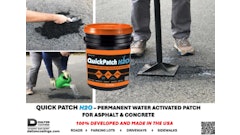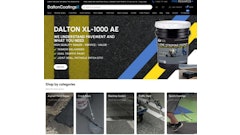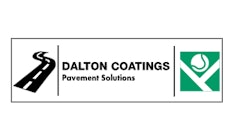Are pavement sealers hazardous? Air sampling studies showed refined tar-based sealers pose insignificant inhalation risk to applicators, manufacturers or the general public. Coal tar is listed by the US Food and Drug Administration (FDA) as “generally recognized as safe and effective” active ingredients for use to treat these skin ailments (dandruff, psoriasis, eczema) with coal tar concentrations up to five percent in over-the-counter products. In fact, millions of people worldwide use coal tar soaps, shampoos and creams approved for use as over-the-counter medicines. Research with insurance carriers shows a general lack of insurance claims over the history of sealant use.
Some activists say that refined tar-based sealers are a health threat, but generations of family-owned companies in the business of making or applying sealcoat have zero reports of adverse chronic health effects—including cancer—that can be attributed to exposure to sealcoat.Many studies have been performed over nearly a century to see if patients who intentionally expose themselves to high level doses of coal tar for long periods of time have increased risk of cancer. All the studies have reached the same conclusion—there is no evidence of cancer.
What is the connection between coal tar and PAHs? Activists point to the US Geological Survey (USGS) research to claim that sealants are the main source of polycyclic aromatic hydrocarbons (PAHs) in the environment. However, the USGS has been shown to have manipulated data and used circular reasoning in their sealant studies. Independent studies of New York Harbor and Puget Sound (Seattle) found sealant contributes less than 1% of PAHs to sediments in those locations. A recent independent statistical study of the Illinois River by the Universities of Illinois and Milwaukee-Wisconsin suggested a sealcoat contribution of no more than a few percent. The independent studies are consistent with industry-funded analyses.PAHs occur naturally; they are all around us and always have been. PAHs are made whenever something organic is heated up or burned. Smoke from forest fires and wood burning fire places contains PAHs. Plants decaying in a swamp or a compost pile are making PAHs. Emissions from planes, trains and automobiles, cooking food, lubricating oils, volcanic eruptions – PAHs are in all those substances as well as in materials derived from coal tar. This means that PAHs are everywhere in our environment. PAHs have been around since the dawn of man. If there was a fire that offered our ancestors warmth or light, or cooked their food, PAHs were present.
Why you shouldn’t sealcoat if the weather is cold or if it’s going to rain? For the same reason that exterior painting is not recommended in cold or wet weather, sealcoat is not applied in those conditions because the water in the emulsion won’t evaporate. If the water doesn’t evaporate, sealcoat particles can’t begin the curing process of sticking to each other and the coated surface.
Dried sealcoat does not wash off. If any sealcoat—asphalt-based or refined tar-based—washes off before it dries, it can suffocate fish. The fish are NOT poisoned. Autopsies have shown that the fish die because sealcoat particles cover the fish’s gill plates.



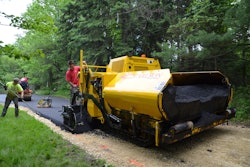




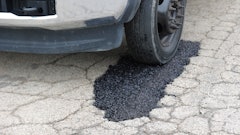

![Lee Boy Facility 2025 17 Use[16]](https://img.forconstructionpros.com/mindful/acbm/workspaces/default/uploads/2025/09/leeboy-facility-2025-17-use16.AbONDzEzbV.jpg?ar=16%3A9&auto=format%2Ccompress&fit=crop&h=135&q=70&w=240)






